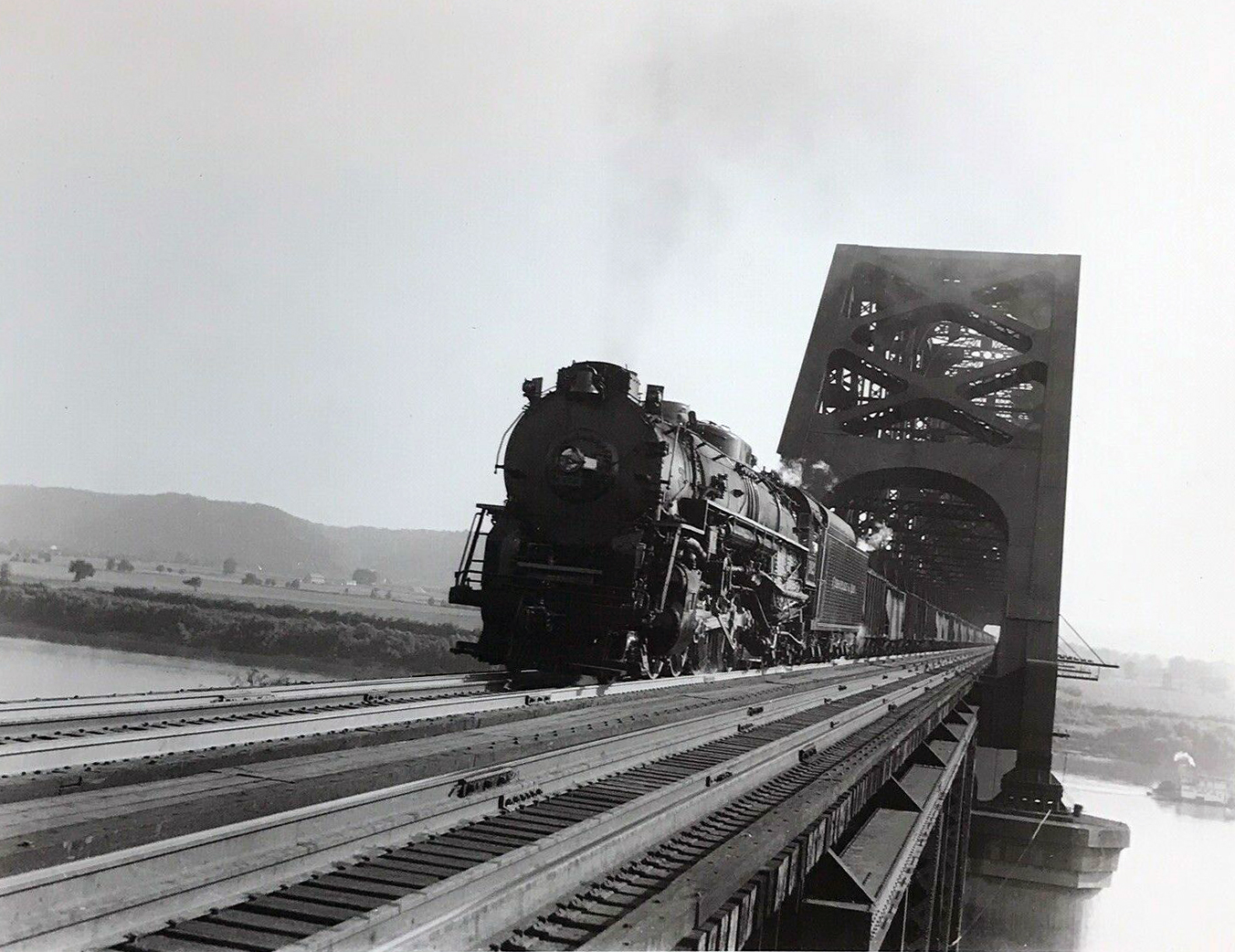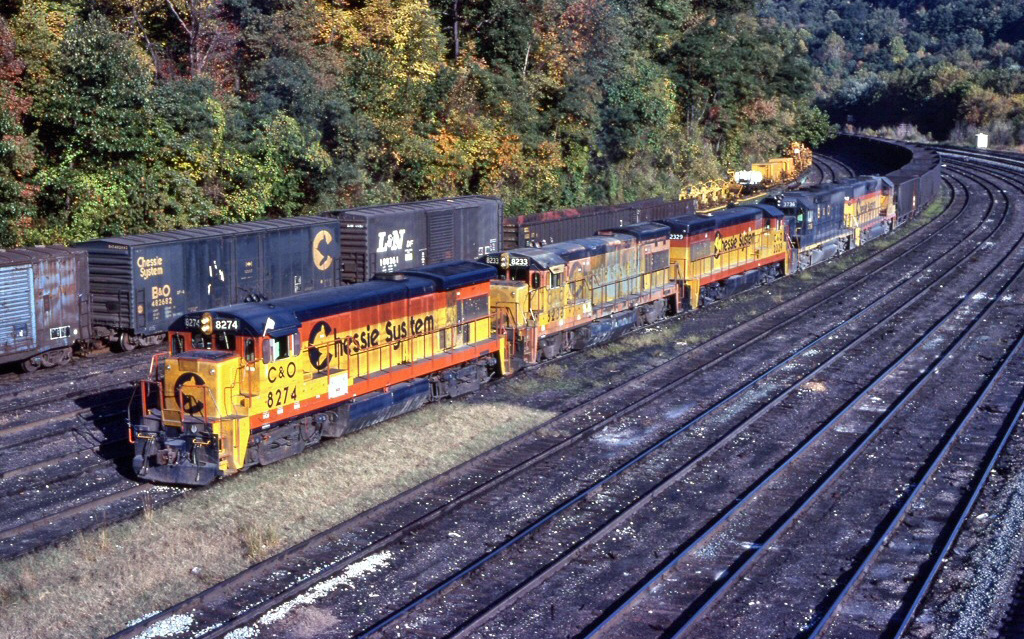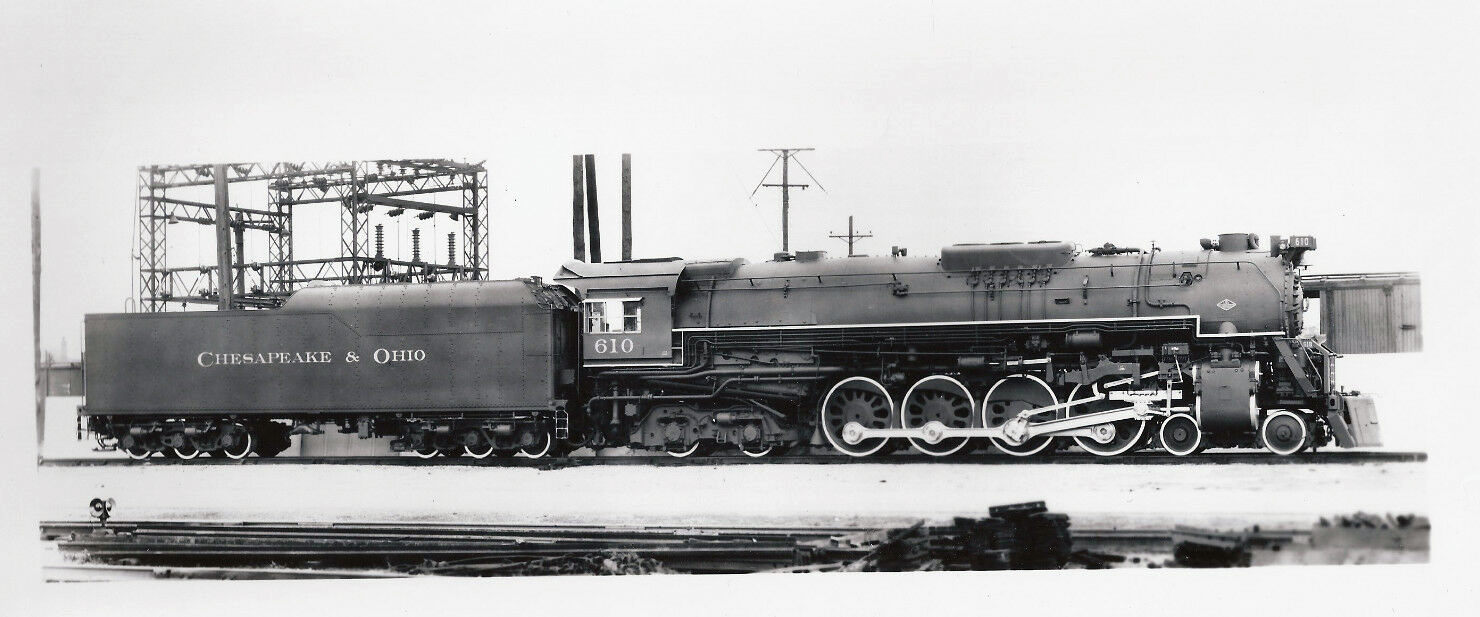- Home ›
- Interurbans ›
- Idaho
Idaho Interurban and Streetcar History
Published: April 9, 2025
By: Adam Burns
The state of Idaho contained a surprising volume of interurban construction, totaling some 133 miles at its peak. Most were concentrated around the Boise area to the south.
Unfortunately, these electrified systems could not develop a significant carload freight business and strugged to remain profitable beyond the Great Depression. The last operation was subsequently abandoned in 1931.
Boise Interurban Railway: The Boise Interurban Railway was part of 35-mile system which served Boise and points to the west such as Caldwell, Nampa, Wilder and McNeil.
The Boise Interurban Railway was the northern extension of this loop system connecting the towns along the Boise River (which it completed on August 8, 1907) while the Boise Valley Railway completed the southern section.
Both systems became part of the Idaho Railway Light & Power Company in 1912 and in 1915 became known as Boise Valley Traction Company. It remained profitable through 1920 but after this time losses mounted and the system was abandoned 1928.
Sandpoint & Interurban Railway: The Sandpoint & Interurban Railway which began operation in 1909 and eventually built a 5-mile system connecting Sandpoint and Kootenai. It lasted only eight years and was abandoned in 1917.
Caldwell Traction Company: The Caldwell Traction Company began operation in 1913.
It operated about 27 miles of track altogether serving points west of Caldwell including McNeil, Lake Lowell and Wilder (it also leased a branch of the Oregon Short Line from Union Pacific Railroad and electrified the route).
The operation included both freight and passenger service but the railroad had a very hard time staying profitable resulting in the UP taking back its leased branch in 1920. After defaulting on its loans the operation was abandoned in 1924.
Boise Valley Traction Company: The BVT was the successor to the above mentioned Boise Interurban system. It primarily consisted of two lines radiating away from Boise on each side of the Boise River.
Its northern line served Caldwell and a connection with the Caldwell Traction while the southern line served Meridian, Nampa and curved northward to also reach Caldwell. Its final construction occurred in 1912 when it rebuilt the Boise-Nampa line to eliminate severe curves.
In 1922 the company merged with the local power company to form the Idaho Railway Light & Power Company, which operated its interurban initially as the Idaho Traction Company but later changed this to the Boise Valley Traction Company in 1915.
It saw its first deficits in 1924 and was abandoned by 1928. Interestingly, shortly after locals purchased about 32 miles of the remaining system to operate freight service. However, the Great Depression killed any profit potential and the entire line was scrapped by 1931.
Recent Articles
-
C&O 2-10-4 Locomotives: Specs, Roster, Photos
Apr 13, 25 04:07 PM
Chesapeake & Ohio's T-1s included a fleet of forty 2-10-4 "Texas Types" that the railroad used in heavy freight service. None were preserved. -
Chesapeake and Ohio Railway: Map, Logo, History
Apr 13, 25 04:07 PM
The Chesapeake and Ohio Railway was a famous southern line that operated from Norfolk to Chicago and through much of Michigan. -
C&O 4-8-4 Locomotives: Specs, Roster, Photos
Apr 12, 25 09:52 PM
Chesapeake & Ohio's fleet of 4-8-4s, listed as Class J-3/a, included twelve examples of 4-8-4s the railroad termed "Greenbriers." Today, #614 survives.


